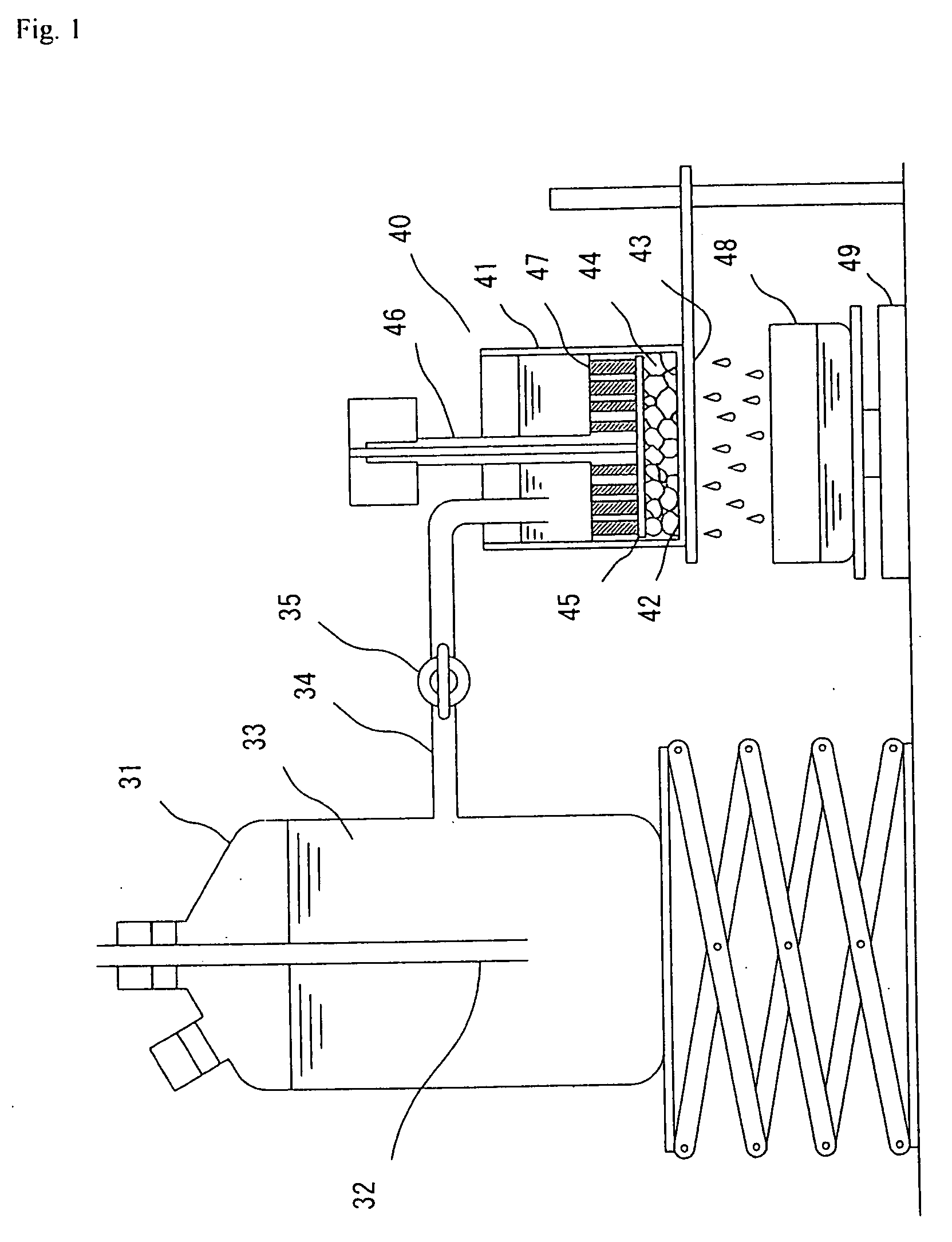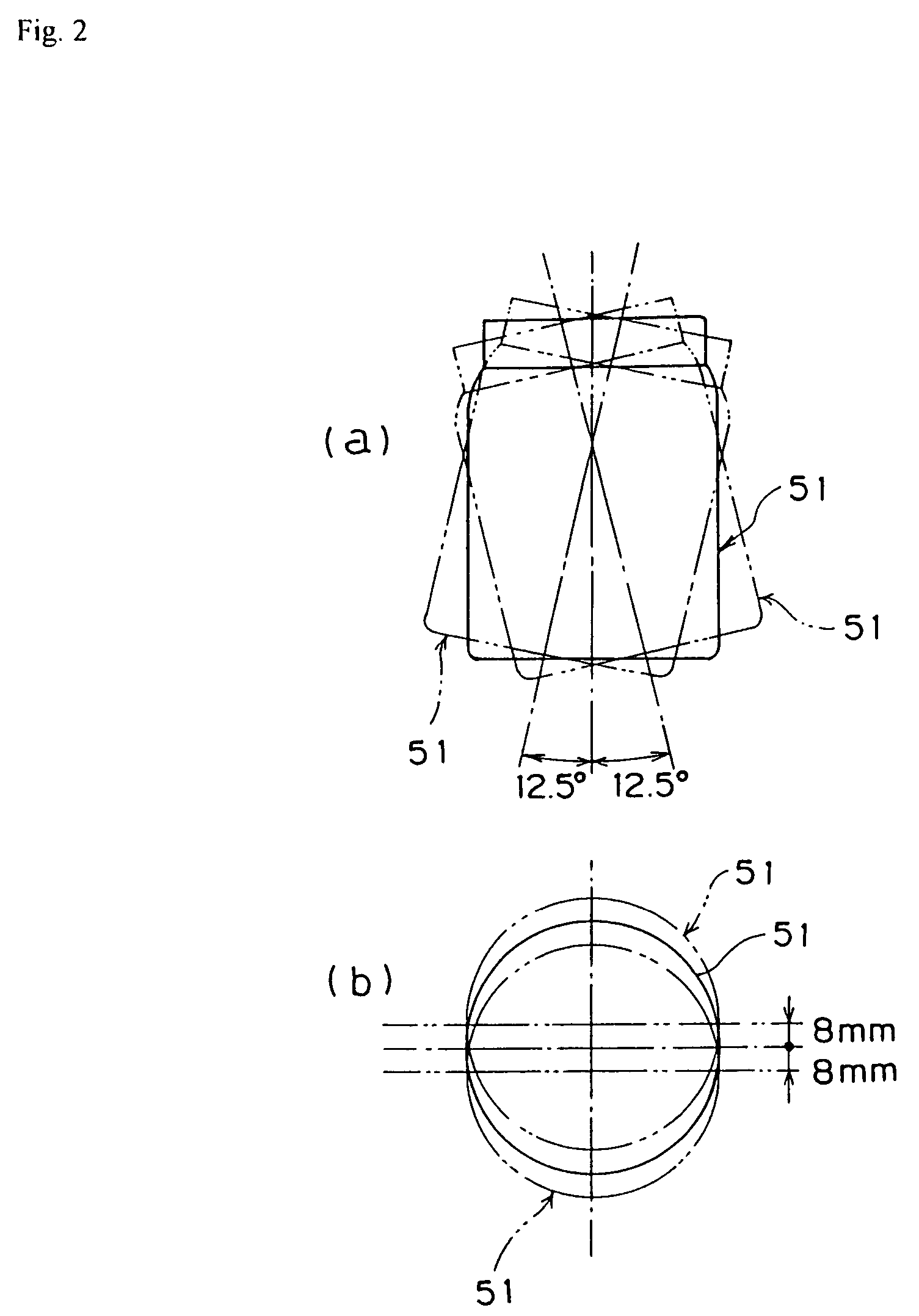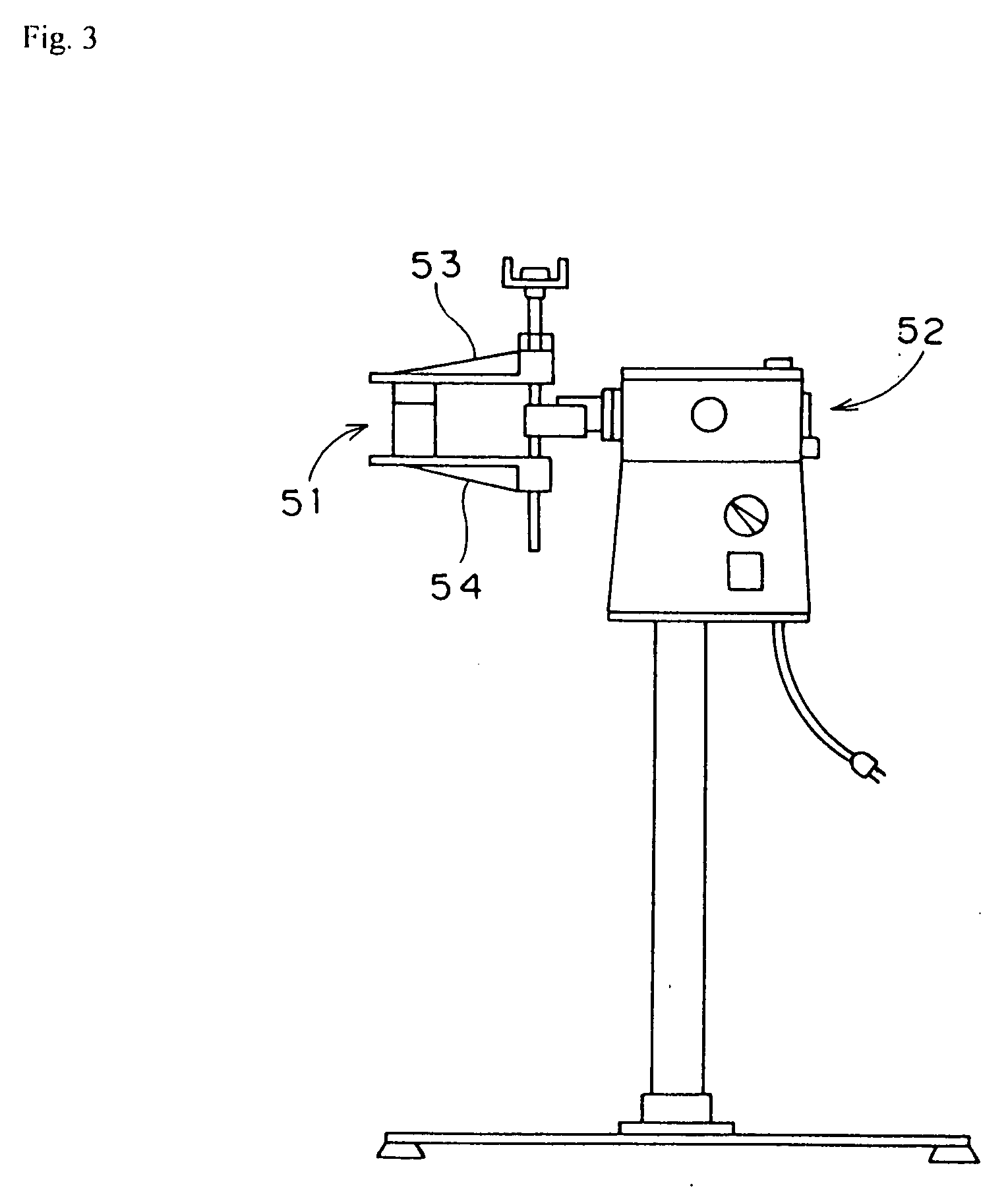Water-absorbing agent and production process therefor, and sanitary material
- Summary
- Abstract
- Description
- Claims
- Application Information
AI Technical Summary
Benefits of technology
Problems solved by technology
Method used
Image
Examples
referential example 2
Production Example of Water-Absorbent Resin Powder (B) / Neutralization Polymerization
[0238] In a reactor as prepared by lidding a jacketed stainless twin-arm kneader of 10 liters in capacity with two sigma-type blades, a reaction liquid was obtained by dissolving 8.05 g of polyethylene glycol diacrylate (n=9) into 5,500 g of aqueous sodium acrylate solution having a neutralization ratio of 71 mol % (monomer concentration: 41 weight %, and average molecular weight of monomer: 87.7). Next, this reaction liquid was deaerated under an atmosphere of nitrogen for 30 minutes. Subsequently, 30.8 g of 10 weight % aqueous sodium persulfate solution and 2.57 g of 1 weight % aqueous L-ascorbic acid solution were added thereto under stirred conditions. As a result, the reaction was started after about one minute. Then, the polymerization was carried out at 20 to 95.degree. C. while the resultant formed gel was pulverized, and the resultant crosslinked hydrogel polymer (2) was taken out after 30 m...
referential example 3
Production Example of Water-Absorbent Resin Powder (C) / Neutralization Polymerization
[0241] A water-absorbent resin powder (C) was obtained by carrying out the same polymerization, drying, pulverization, and classification as of Referential Example 2, except that the amount of the polyethylene glycol diacrylate was changed to 5.01 g. The resultant water-absorbent resin powder (C) exhibited an absorption capacity of 39 (g / g) without load, and had an extractable content of 13 weight %, and a weight-average particle diameter (D50) of 450 .mu.m wherein the ratio of particles having particle diameters of 850 to 150 .mu.m in the water-absorbent resin powder was 97 weight %.
referential example 4
Production Example of Water-Absorbent Resin Powder (D) / Neutralization Polymerization
[0242] The polymerization, drying, and pulverization were carried out in the same way as of Referential Example 2 except that the amount of the polyethylene glycol diacrylate was changed to 5.01 g. The resultant pulverized material was further classified with JIS standard sieves having mesh opening sizes of 600 .mu.m and 300 .mu.m, thus obtaining a water-absorbent resin powder (D) including particles having particle diameters in the range of 600 to 300 .mu.m. The resultant water-absorbent resin powder (D) exhibited an absorption capacity of 40 (g / g) without load, and had an extractable content of 9 weight % and a weight-average particle diameter (D50) of 450 .mu.m.
PUM
| Property | Measurement | Unit |
|---|---|---|
| Weight | aaaaa | aaaaa |
| Fraction | aaaaa | aaaaa |
| Percent by mass | aaaaa | aaaaa |
Abstract
Description
Claims
Application Information
 Login to View More
Login to View More - R&D
- Intellectual Property
- Life Sciences
- Materials
- Tech Scout
- Unparalleled Data Quality
- Higher Quality Content
- 60% Fewer Hallucinations
Browse by: Latest US Patents, China's latest patents, Technical Efficacy Thesaurus, Application Domain, Technology Topic, Popular Technical Reports.
© 2025 PatSnap. All rights reserved.Legal|Privacy policy|Modern Slavery Act Transparency Statement|Sitemap|About US| Contact US: help@patsnap.com



